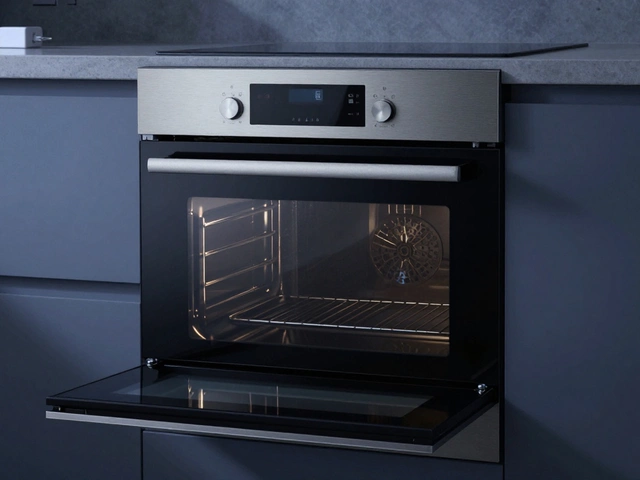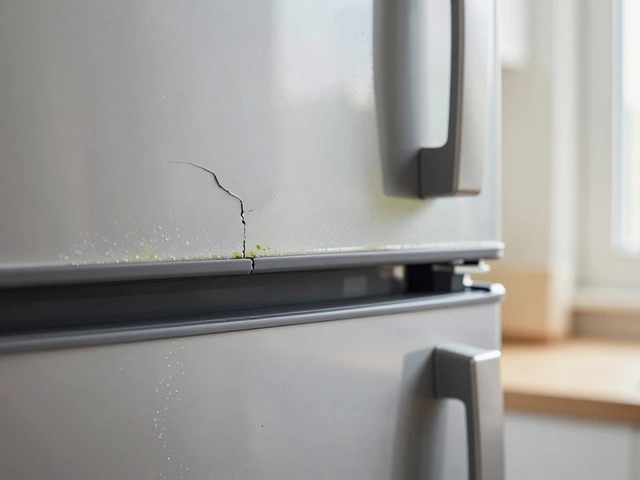Cleaning Extractor Fans: Keep Your Kitchen and Bathroom Fresh
When working with extractor fan, a device that pulls moist or odorous air out of a room and pushes it outside. Also known as vent fan, it helps prevent mold, grease buildup, and lingering smells.
Every good airflow (CFM), the volume of air moved per minute, measured in cubic feet depends on clean blades, a clear duct, and a motor that isn’t starving for power. If dust clogs the grille, the fan works harder, the noise level rises, and the noise rating, the decibel level you hear when the fan runs can become a real annoyance. That’s why regular cleaning isn’t just a chore—it’s the secret to steady airflow, low energy use, and a quiet kitchen or bathroom.
Why Regular Cleaning Matters
Think of an extractor fan as a lung for your home. Just like lungs need clear passages to breathe, a fan needs an unobstructed path to expel steam and odors. When you skip cleaning, grease coats the blades, humidity builds up, and the motor can overheat. Over time you’ll notice slower drying times after cooking, lingering cooking smells, and even a faint musty odor in the bathroom. Those symptoms are the fan’s way of saying, “I’m working harder than I should.” A quick 10‑minute wipe‑down every few months can restore the original CFM rating, keep the noise low, and extend the motor’s life by years.
Cleaning isn’t the only maintenance step. Check the duct for cracks, ensure the external vent isn’t blocked by leaves or spider webs, and verify that the fan’s switch and wiring are tight. If you notice a humming noise without airflow, the motor bearings might need lubrication or replacement. For most homeowners, the safe route is to turn off the power, remove the fan cover, vacuum the debris, and wash the blades with warm soapy water. Let everything dry completely before re‑assembling. This routine tackles the three biggest culprits of fan failure: grease, dust, and moisture.
Below you’ll find a collection of articles that dive deeper into each of these areas. From choosing the right fan size and noise level to troubleshooting a non‑working unit, the posts cover everything you need to keep your extractor fan in top shape. Whether you’re a DIY enthusiast or prefer calling a pro, the guides will help you decide when a quick clean will do and when it’s time for a repair or replacement.
Wondering if extractor fans actually need regular servicing? This article breaks down why ignoring maintenance can wreck performance, lead to expensive repairs, and mess with your air quality. Learn how to spot early warning signs and pick up tips for easy DIY cleaning. Make your extractor fan work better, last longer, and keep your home fresh without a ton of hassle.


